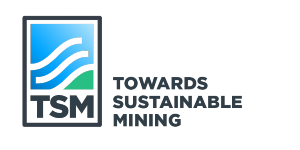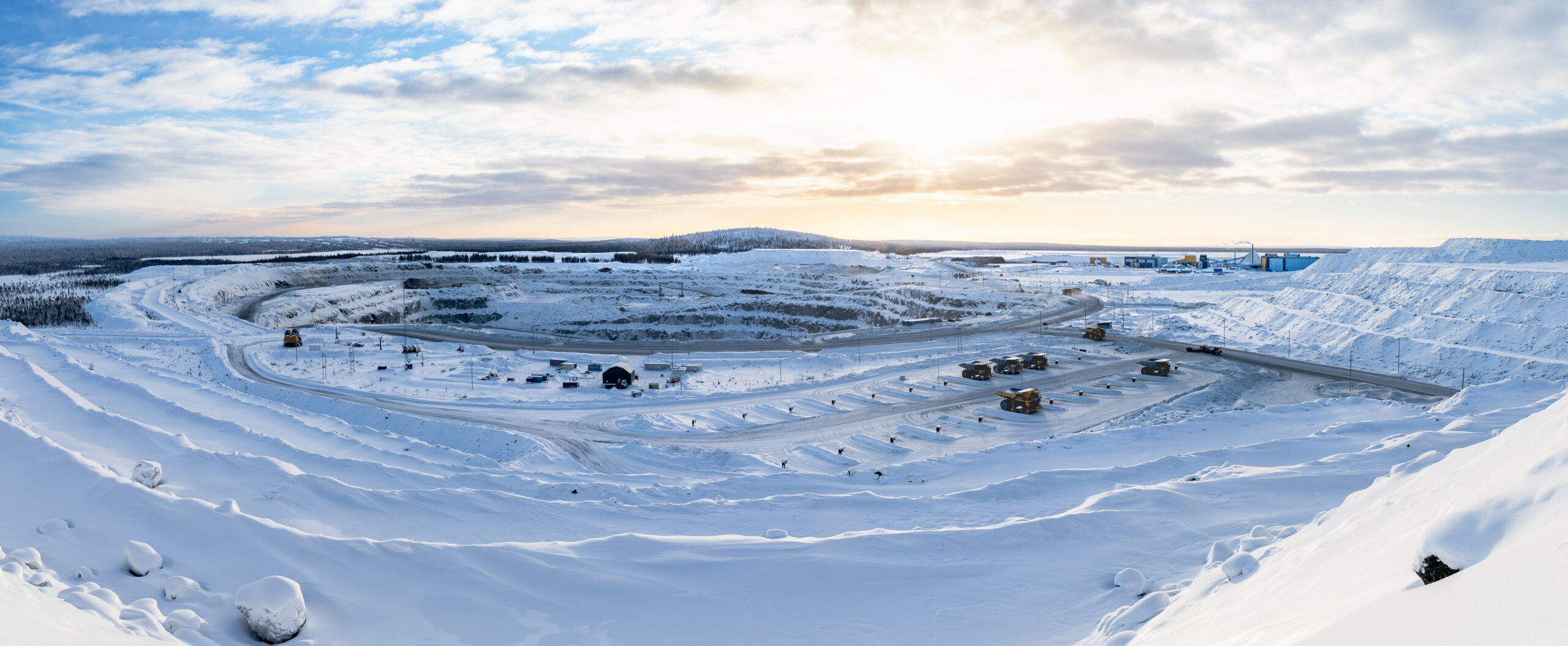The traceability of raw materials is starting to gain increasing attention as the world is due to move away from its current dependency on fossil fuels.
Achieving net zero emissions in just a few decades will require massive investments in new energy installations as fossil fuels still represent over 80 percent of the world’s overall energy consumption. This, in turn, has raised concerns on the sustainability of raw materials production.
London Metals Exchange (LME), one of the key players in global commodities trading, is in the process of introducing responsible sourcing requirements to ensure that metals comply with global expectations of best practice. According to their position paper, compliance with these requirements are planned to be mandatory for LME listed brands in the next few years.
A recent study published by the Swedish Mining Association (SveMin) looks in more detail at the traceability of metals. Previously, this concept was considered as unrealistic due to the way metals are traded on the global market. This perception has now started to change as a result of increasing interest in “conflict minerals”, and the introduction of EU legislation on this subject.
According to the SveMin study, the demand for sustainably produced metals is likely to increase in the future. So far, however, there have been relatively few supporting activities and incentives to speed up this development.
The Finnish and Swedish Ministers for Economic Affairs launched in March 2018 a joint initiative to create a certificate concerning the sustainability of products in the mining industry. At that time, the aim was to provide information on the accountability of the entire chain of production.
The SveMin study looks into different alternatives on how to develop the necessary market and demand for sustainably produced metals. It compares the pros and cons of different approaches, such as the blockchain and chain of custody models, to see which one could best certify the traceability of raw materials on the commodities market. In the study, the blockchain technique is identified as a possible solution to the need of sustainable labelled metals by the industry.
As to certificate trading, the study takes a more cautious approach as it would require a separate marketplace where the certificates are traded. There exists, however, a precedent in the European renewable electricity market, where electricity and certificates are being sold in distinctive markets. Critics of this model argue that certificate trading could be misused as “green washing” as has been the case in the electricity market, where the production of renewable electricity and the sales of certificates have not directly led to increased consumption of green energy in respective countries.
Clearly, there is a need for joint legislation and governance in the raw materials sector. So far, however, the European Commission has not been very active in this field even though it has been keen to promote self-sufficiency and SLO (social license to operate) practices in the mining sector.
The window of opportunity is now open for bold new initiatives and action. The current Finnish EU Presidency could be an ideal moment to raise this topic to the European agenda if the new government wants to promote sustainability and low-carbon objectives in practice.
Eero Yrjö-Koskinen
Secretary General, Finnish Network for Sustainable Mining



